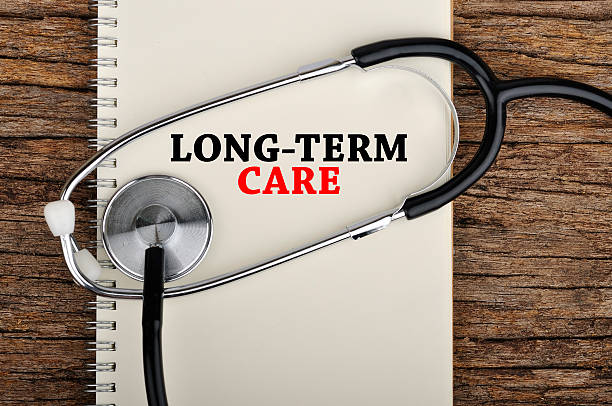Things that make you go hmmmm….

Unless you live in a cave, you likely have heard that lawmakers wrapped up the 2019 legislative session by passing what The Seattle Times critically called “a dizzying array of tax increases” to fund their record high $52.4 billion spending bill (an 18% increase in spending from current spending). As The Times editorial board dourly declared:
“Though state revenue surged last year, the Legislature still couldn’t live within its means…”
The Times also notes “much of the increase goes to public-employee salary and benefit increases. That includes raises for state employees negotiated by Gov. Jay Inslee and a generous new insurance benefit for part-time school workers, who will now receive full medical coverage for working just 630 hours per year.”
So just how much are we talking about?
Well, it just so happens that lawmakers increased taxes by close to $1 billion, and the budget included a little under $1 billion in wage and benefit increases for government workers. And of course it is worth noting those compensation increases were negotiated by the Governor and the government unions in secret since negotiations are exempt from our state’s otherwise strong Open Public Meetings Act.
The Washington Federation of State Employees union bosses even bragged after those secret negotiations that the union had secured for state workers “the largest compensation package since we gained the right to negotiate.” That included 6% pay raises, keeping workers’ share of health insurance premiums at just 15% (the average worker in the private sector with employer-provided health insurance pays between 20-30% of premiums), lowering the retirement age for some workers, and more vacation leave. WFSE also touted their success in maintaining the state’s famously gold-plated defined benefit pension plan and holding the line on “attempts to turn our pensions into risky 401(k) plans.” In comparison, a scant 4% of workers in the private sector have the luxury of relying on a defined benefit plan for retirement, with the vast majority relying on those “risky” 401(k) plans for their retirement.
Coincidence? If you subscribe to the jaded “there are no coincidences” view then you may conclude that the state’s taxpayers will be shelling out an additional $1 billion each year so government workers can enjoy $1 billion in increased salaries and benefits.







